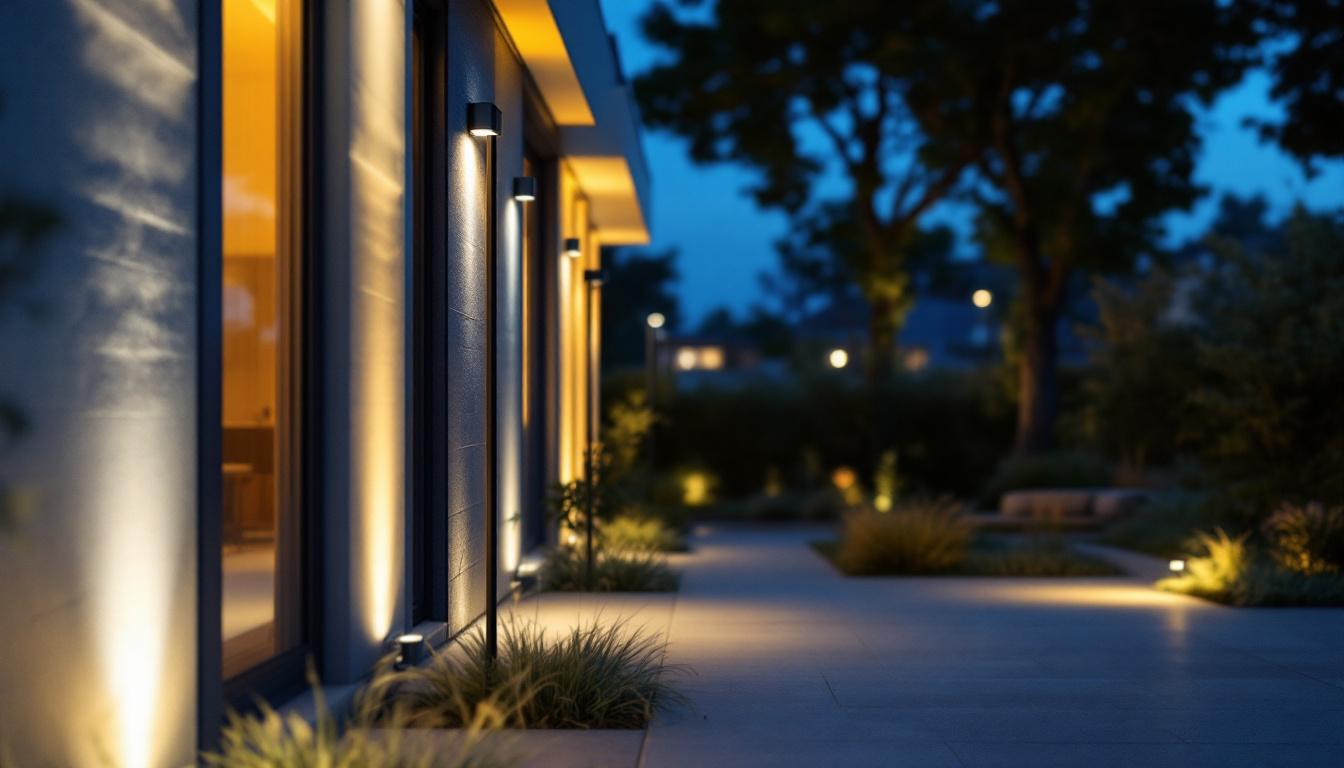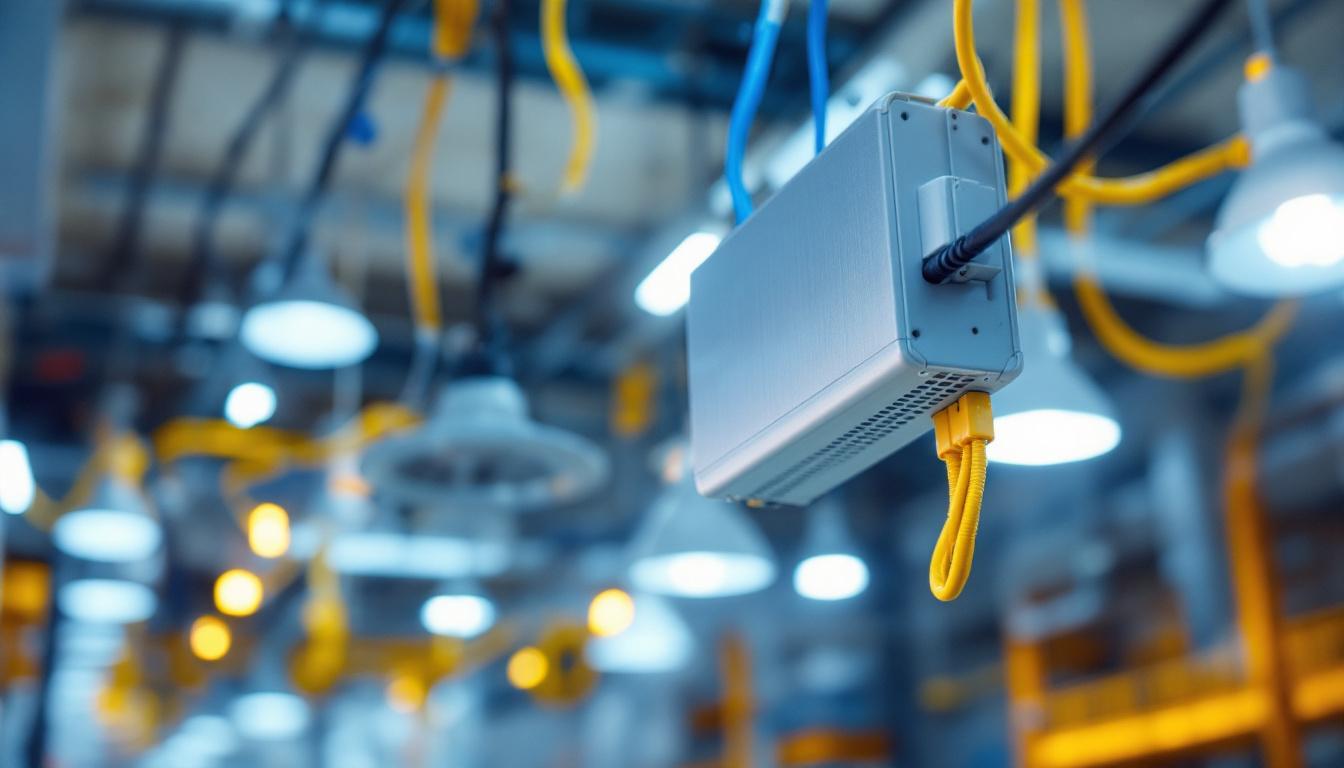
As the demand for energy-efficient and smart lighting solutions continues to grow, motion sensors have emerged as a popular choice for both residential and commercial applications. Understanding the nuances of motion sensor technology is crucial for lighting contractors looking to provide their clients with the best options available. This article delves into the insights shared by expert lighting contractors regarding the best motion sensors for lights, covering types, features, installation tips, and more.
Motion sensors are devices designed to detect movement within a specific area. They are commonly used in lighting systems to automatically turn lights on or off based on occupancy, enhancing convenience and energy efficiency. The effectiveness of a motion sensor largely depends on its type, technology, and the environment in which it is installed.
There are several types of motion sensors, each with its unique mechanism and application. The most common types include passive infrared (PIR), ultrasonic, and dual technology sensors. Understanding these types helps contractors choose the right sensor for specific lighting needs.
PIR sensors are the most widely used and operate by detecting changes in infrared radiation caused by moving objects, typically people or animals. Ultrasonic sensors, on the other hand, emit high-frequency sound waves that bounce off objects and return to the sensor. When movement disrupts the sound waves, the sensor activates the lights. Dual technology sensors combine both PIR and ultrasonic technologies, providing a more reliable solution in complex environments. This combination allows for greater accuracy, reducing the likelihood of false triggers from pets or other non-human movements.
When selecting a motion sensor for lighting applications, several key features should be considered. Sensitivity, range, and time delay are critical aspects that can significantly impact performance. Sensitivity refers to the sensor’s ability to detect movement, while range indicates the maximum distance at which the sensor can effectively operate.
Time delay is another essential feature, determining how long the lights will remain on after detecting motion. A longer time delay can be beneficial in areas where movement is intermittent, while a shorter delay may be suitable for high-traffic zones. Additionally, features such as adjustable sensitivity settings, ambient light sensors, and weather resistance can enhance the functionality of motion sensors. For instance, ambient light sensors can prevent lights from turning on during daylight hours, conserving energy and extending the lifespan of the lighting system. Furthermore, weather-resistant models are ideal for outdoor applications, ensuring reliable performance even in harsh conditions.
Another important consideration is the installation process and the sensor’s compatibility with existing systems. Some motion sensors are designed for easy DIY installation, while others may require professional setup, especially in more complex configurations. Additionally, the integration of smart technology into motion sensors has opened up new possibilities, allowing users to control and monitor their lighting remotely through smartphone apps. This level of convenience not only enhances user experience but also contributes to smarter energy management in both residential and commercial spaces.
The choice of motion sensor often depends on the specific application and environment. Lighting contractors should consider factors such as the location, purpose, and user preferences when recommending a motion sensor. Here are some common applications and the best sensor types for each.
In residential settings, motion sensors are typically used for outdoor lighting, garage lights, and hallways. PIR sensors are often the preferred choice for outdoor applications due to their reliability and cost-effectiveness. They can be installed near driveways, walkways, and patios to provide security and convenience for homeowners.
For indoor applications, such as hallways or bathrooms, dual technology sensors may be more suitable. These sensors can effectively detect movement in areas with obstacles, ensuring that lights activate even when a person is not directly in the sensor’s line of sight. Moreover, the integration of dimming capabilities in these sensors allows for energy savings, as they can adjust the brightness of the lights based on the ambient light levels, further enhancing the efficiency of residential lighting systems.
In commercial settings, motion sensors play a crucial role in energy management and security. Ultrasonic sensors are often favored in large spaces, such as warehouses or offices, where they can cover a wide area and detect movement behind obstacles. Their ability to sense motion in complex environments makes them ideal for commercial use. These sensors can also be programmed to work in conjunction with HVAC systems, optimizing heating and cooling based on occupancy, which can lead to significant cost savings over time.
Additionally, contractors should consider integrating smart motion sensors that can be connected to building management systems. These sensors can provide valuable data on occupancy patterns, helping businesses optimize their energy consumption and enhance overall efficiency. With the rise of IoT technology, many modern motion sensors can also send alerts to facility managers about unusual activity, thereby improving security measures. This capability not only protects assets but also allows for proactive maintenance of lighting systems, ensuring that they function optimally and reducing the likelihood of unexpected outages.
Proper installation of motion sensors is vital for ensuring optimal performance. Lighting contractors should follow best practices to maximize the effectiveness of these devices. Here are some tips for successful installation.
The placement and height of motion sensors are critical factors that influence their performance. Sensors should be installed at a height that allows for maximum coverage while minimizing the risk of false triggers. For PIR sensors, a height of 6 to 8 feet is generally recommended, while ultrasonic sensors may require a slightly higher installation to cover larger areas.
Additionally, contractors should consider the sensor’s field of view. Proper placement can help avoid obstructions, such as furniture or walls, which may hinder the sensor’s ability to detect movement. Conducting a site assessment before installation can help identify the best locations for optimal performance.
To ensure comprehensive coverage, contractors should strategically position multiple sensors in larger areas. This approach can help eliminate blind spots and provide seamless lighting control. For example, in long hallways, placing sensors at both ends can ensure that lights activate as soon as someone enters the space.
Furthermore, it’s essential to consider the sensor’s range and adjust its settings accordingly. Some sensors allow for adjustable sensitivity and coverage angles, enabling contractors to customize their performance based on the specific environment.
Regular maintenance of motion sensors is crucial for ensuring their longevity and reliability. Lighting contractors should educate their clients on the importance of periodic checks and offer guidance on troubleshooting common issues.
Routine checks should include cleaning the sensor lens to remove dust or debris that may obstruct its functionality. Additionally, contractors should advise clients to inspect the wiring and connections periodically to ensure everything is functioning correctly. Regular maintenance can prevent issues such as false triggers or failure to activate.
Contractors can also recommend testing the sensors periodically to confirm their sensitivity and range. This proactive approach can help identify any potential problems before they become significant issues, ensuring that the lighting system operates efficiently.
In the event of issues, such as lights not activating or false triggers, contractors should be prepared to troubleshoot. Common problems may include incorrect placement, sensitivity settings, or wiring issues. By systematically addressing these factors, contractors can often resolve the issues without needing to replace the sensor.
For example, if a sensor is triggering lights too frequently, adjusting the sensitivity settings may help. Conversely, if lights are not activating at all, checking the wiring and ensuring proper power supply can often resolve the issue.
One of the primary benefits of motion sensors is their ability to enhance energy efficiency. By ensuring that lights are only activated when needed, these devices can significantly reduce energy consumption and lower utility bills.
Motion sensors can lead to substantial energy savings, especially in commercial settings where lights may otherwise be left on for extended periods. By automatically turning off lights in unoccupied areas, businesses can reduce their overall energy usage and contribute to sustainability efforts.
In residential applications, homeowners can also benefit from reduced energy costs. By installing motion sensors in outdoor areas or less-frequented rooms, they can ensure that lights are only used when necessary, leading to long-term savings.
While the initial cost of motion sensors may be higher than traditional switches, the return on investment can be significant. The savings on energy bills, combined with the enhanced convenience and security provided by motion sensors, make them a worthwhile investment for both residential and commercial applications.
Lighting contractors can emphasize these benefits to clients, helping them understand the long-term value of integrating motion sensors into their lighting systems. By showcasing the potential for energy savings and improved efficiency, contractors can position themselves as knowledgeable professionals in the field.
In conclusion, selecting the best motion sensor for lights involves understanding the various types, features, and applications. Lighting contractors play a crucial role in guiding clients toward the most suitable solutions for their specific needs. By considering factors such as placement, maintenance, and energy efficiency, contractors can ensure that their clients enjoy the full benefits of motion sensor technology.
As the lighting industry continues to evolve, staying informed about the latest advancements in motion sensor technology will be essential for contractors. By leveraging expert insights and best practices, they can provide exceptional service and contribute to creating smarter, more efficient lighting solutions.
Ready to elevate your lighting solutions with the best motion sensors on the market? Look no further than LumenWholesale, where we provide lighting contractors with superior, spec-grade products at unbeatable wholesale prices. Our extensive selection is designed to meet the highest industry standards, ensuring you get reliable, high-performance lighting for every project. Plus, with free shipping on bulk orders, you can secure premium lighting at the best value — without hidden fees or compromises. Don’t let middleman markups dim your project’s potential. Experience the perfect blend of quality, affordability, and convenience with Wholesale Lighting at the Best Value from LumenWholesale.

Discover the essentials of lighting ballasts with our comprehensive guide tailored for lighting contractors.

Discover innovative strategies and insights from smart lighting contractors on optimizing grow LED lights for enhanced plant growth.

Discover innovative tips and tricks for smart lighting contractors in this insightful guide.

Discover expert tips and insights on choosing and installing pendulum lights in kitchens.